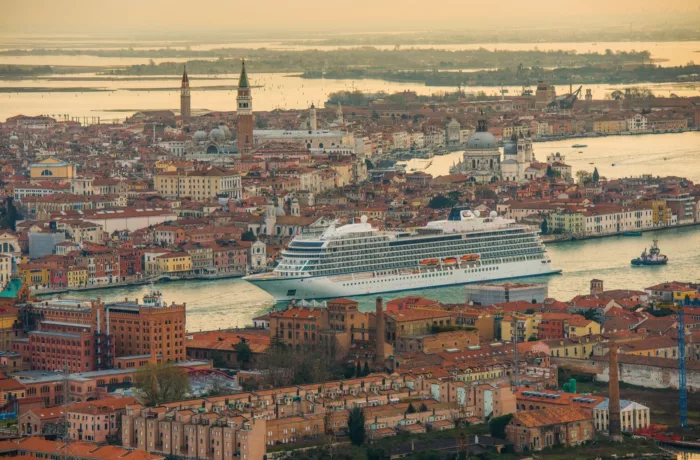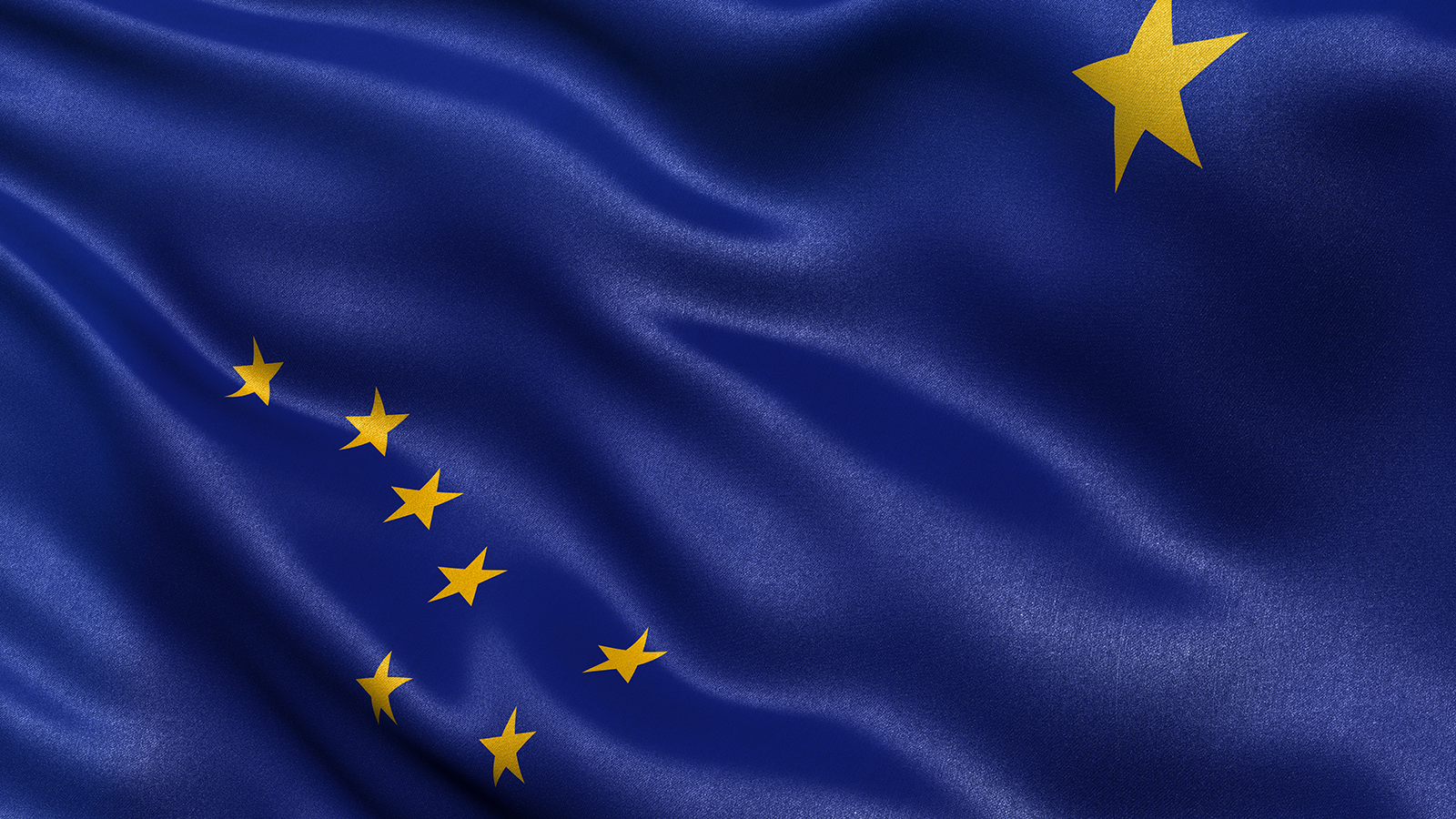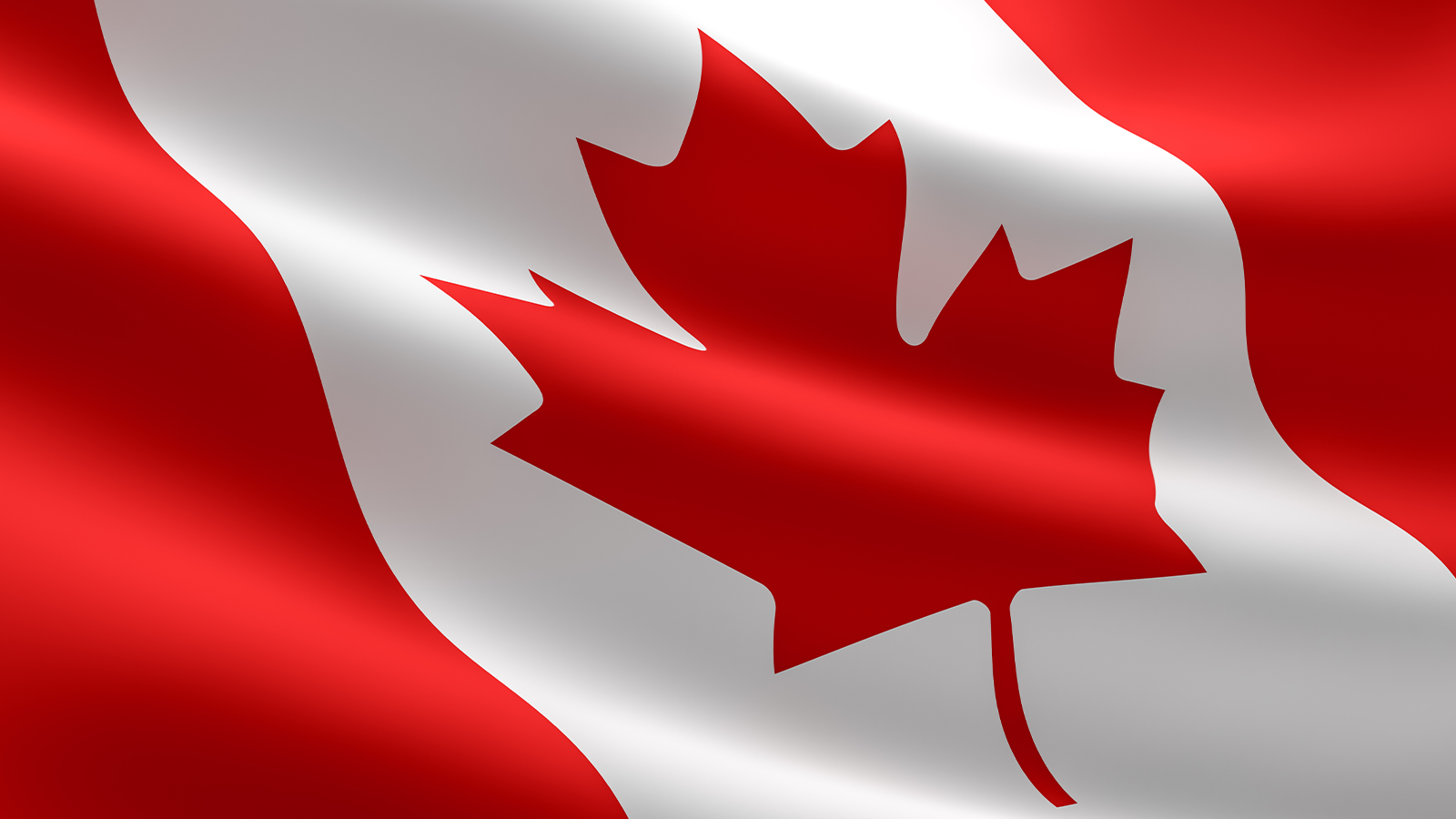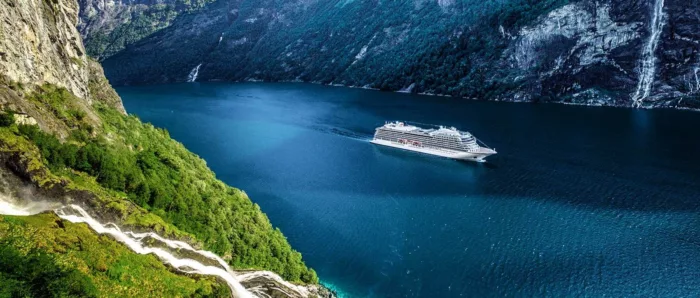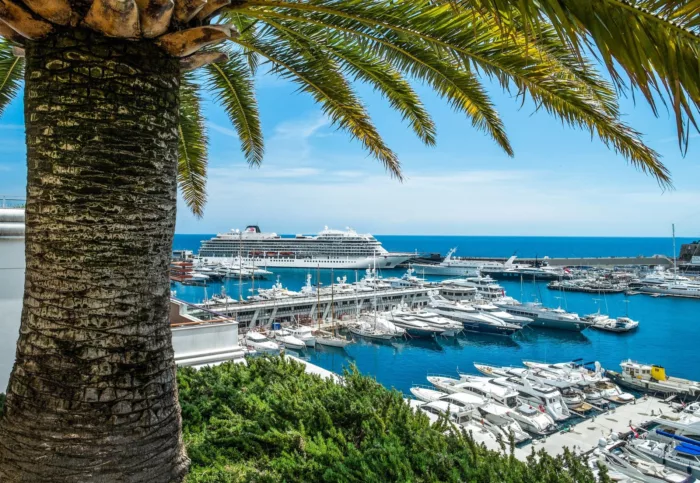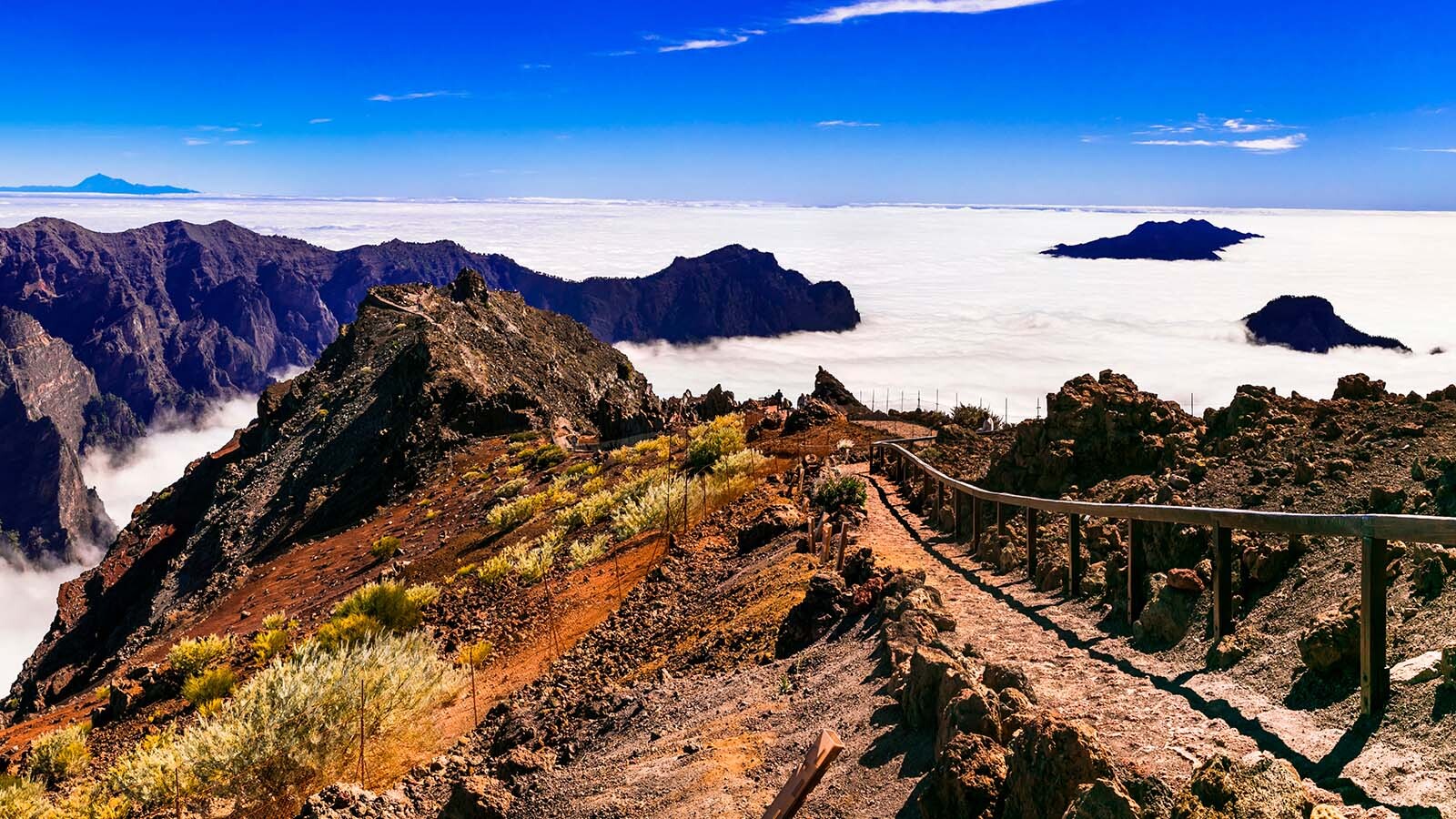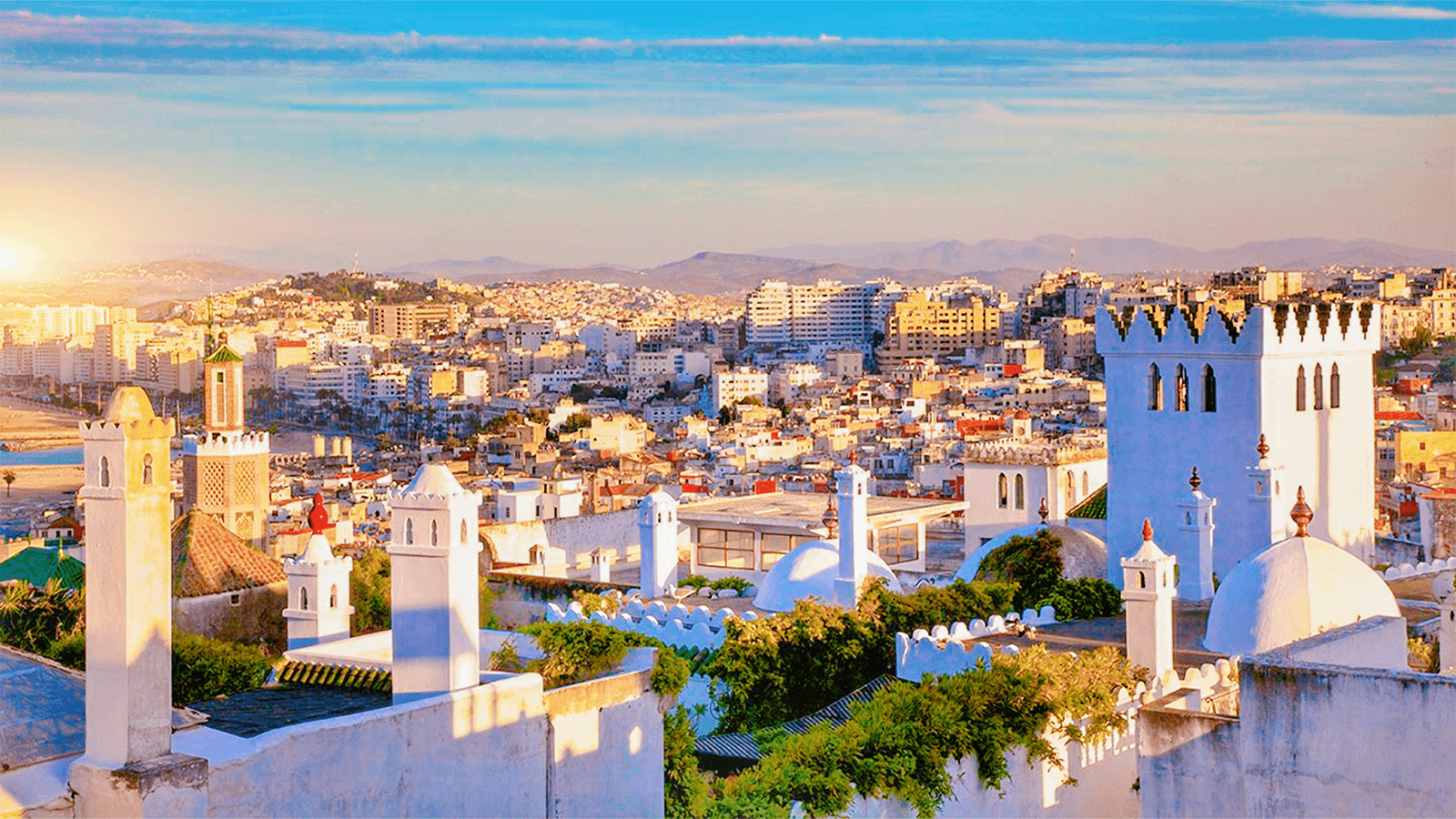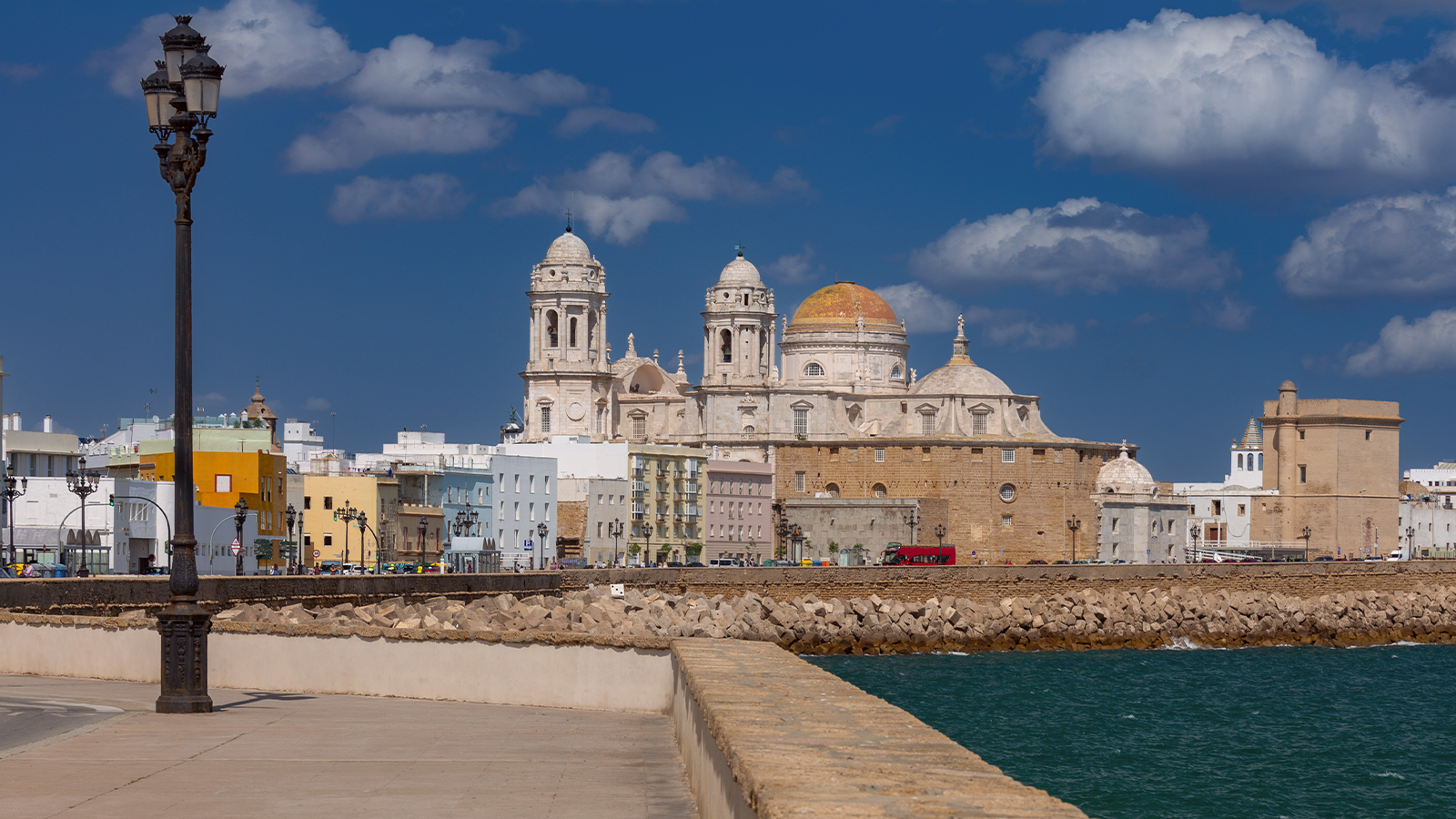
Meeting Alaska's remarkable inhabitants with Viking
On a journey around the U.S.’s biggest, emptiest state, Anna Selby discovers Alaska’s pristine beauty
There can’t be too many wish lists that don’t feature Alaska. The 49th state is a place of epic proportions, bordered by a coastline that’s as long as the rest of the USA’s put together. It is a land of endless forests, mountains and fjords, the home of eagles and moose, bears and salmon. As for man, though, there is little sign. More than twice the size of Texas, its population is less than 750,000.
Alaska’s inaccessibility – even its capital, Juneau, must be reached by sea or air – makes it ideal for maritime exploration. And I spent a fascinating 11 days on the Viking Orion, meeting the remote state’s remarkable inhabitants.
GLACIERS & THE GOLD RUSH
The Russians were the first Europeans here – mostly trappers lured by the potential riches of the fur trade. Short of cash after the Crimean War, Russia sold Alaska to the Americans in 1867 for $7.2 million (about $129 million today) – a steal when you think that the fur trade was soon overtaken by the Gold Rush.
I discovered more about the Gold Rush at a museum in Valdez. Prospectors came here in 1898, hoping to access the Klondike region, but glaciers got in their way. Nevertheless, the town prospered with trappers, fishermen and a string of dashing pilots – the museum has a wealth of film and photographs of them. The pilots adapted their planes with audacious ingenuity to suit a landscape that conspired against them with glaciers, forest and mud. To these derring-do types, a glacier was simply an opportunity to land with skis instead of wheels.

A LESSON IN FIRST- NATION MANNERS
At Icy Strait Point, I met a Tlingit tribe. The Tlingit people have lived in Alaska for 10,000 years – long before any Europeans. They fished, foraged and sailed 37-metre canoes hollowed from single trees to trade as far south as Hawaii.
At a re-created village outside Hoonah town, Tlingit community leaders William and Dino share their way of life. The Tlingit clans are matrilineal – you join your mother’s tribe rather than your father’s, and property passes through that line. We listened to their rich story- telling tradition and discovered artefacts created in those long Alaskan winters, from canoes and elaborate woven blankets to – of course – their most famous artwork, the totem pole.
Totem poles are not, as is commonly thought, religious objects, but used to commemorate notable events such as the death of a family member or a potlatch (feast). They can even be a form of mockery. Perhaps the best known example of this is the Seward Pole, carved in 1885 after the U.S. Secretary of State William H Seward was treated to an exemplary potlatch gathering by his Tlingit hosts – but never reciprocated. With a red nose and ears, he sits atop his pole as a warning against bad manners.
THE FROZEN WILDERNESS
During scenic sails around icy bays, I kayaked around a labyrinth of islets including Siginaka Island, while the Viking Orion delved deep into the fjord-like channels of the Inside Passage. The ship sailed into Yakutat Bay and on to Hubbard Glacier, which is 10km wide at the point where it meets the ocean.
The following day I lost count of how many glaciers there were in Glacier Bay, a UNESCO World Heritage Site. We were close enough to hear the glaciers’ groans as they calved icebergs into the freezing green water.
On a catamaran in Resurrection Bay, I saw a whiskery sea otter followed by a bald eagle roosting in the trees, colonies of seals and sealions and around 30 orcas, some almost close enough to touch. One of them – a showman at heart – flung himself out of the water in three breaches. Not bad for a morning in Alaska!
At the Alaska Raptor Center, sick eagles and owls are nursed back to health before being returned to the wild. Sitka’s Fortress of the Bear sanctuary is home to orphaned cubs; there are whale-watching and dogsledding trips over Mendenhall Glacier; and you can fish for salmon.
Back on board the Viking Orion, I found tranquil spots to mull over my adventures. I enjoyed cocktails in the bar, fine dining and listening to a classical pianist, whose music drifted through the triple-storey atrium. Meanwhile, Alaska was an ever-changing backdrop, as pristine as ever. Welcome to the wilderness.
Get on board
Viking’s 2025 11-day Alaska and the Inside Passage journey from Vancouver to Seward (or in reverse) via Ketchikan, Sitka, Juneau, Skagway and Valdez (all Alaska), prices from £5,040pp. This includes return flights, onboard meals with wine, beer and soft drinks with lunch and dinner, shore excursions, enrichment programme, Wi-Fi, access to The Nordic Spa and fitness centre, 24- hour room service and onboard gratuities.















